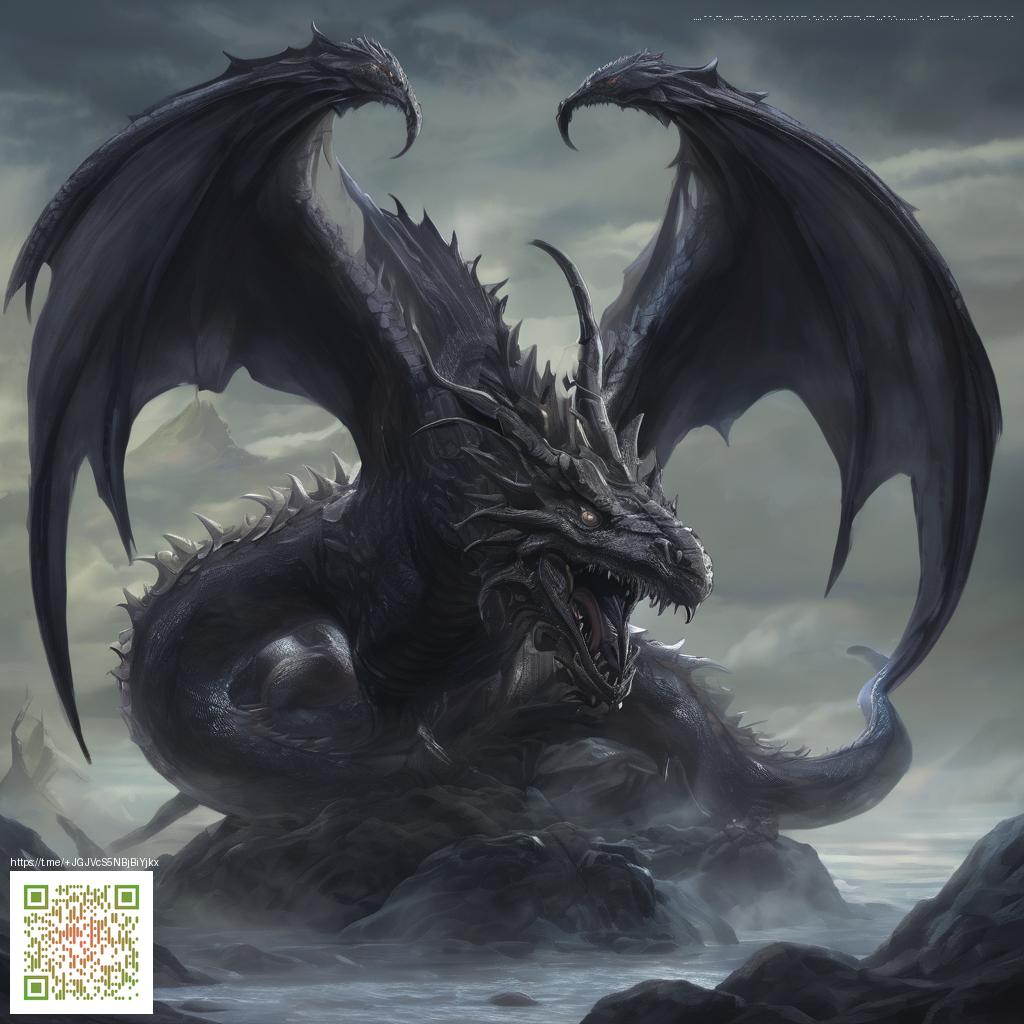
Planet Coaster Starter Guide For New Park Managers
Jumping into Planet Coaster means stepping into a world where creativity meets logistics. Beginners quickly discover that the joy of shaping a park sits side by side with the art of balancing budgets, guest happiness, and ride throughput. In this primer we break down the most common missteps and offer practical fixes that help your park grow from a cheerful spectacle to a well oiled, crowd pleasing machine 💡.
Think of your first park as a living organism. It needs a layout that makes sense not just for looks but for movement, pacing, and resource management. The most impactful mistakes often show up early as you unlock new ride types and scenery. By spotting these missteps fast you can course correct before your park loses momentum or your funds dry up.
Top beginner mistakes and how to sidestep them
- Over building without a plan. It is easy to fill a corner with towers, shops, and rides yet lose track of space, paths, and guest flow. Start with a simple central hub and map major paths before you drop in attractions.
- Piling on rides with little thought to pacing. A park packed with roller coasters without relief zones or tranquil attractions makes guests burn out quickly. Mix high thrill with gentle experiences and ample rest areas.
- Underestimating budgets and forecasting. A strong look at your daily profit and cost per minute of ride operation saves you from sudden debt spirals. Use forecasts to project maintenance, staff, and energy costs.
- Skipping path planning and queue management. If guests get bottlenecked at the entrance or scramble to find the next ride, satisfaction dips fast. Build clear routes, intuitive signs, and efficient queues that avoid dead ends.
- Neglecting terrain and scenery synergy. Terrain sculpting and themed details add depth but can be time sinkers if ignored during early builds. Use ground shaping to create natural elevation and scenic backdrops that feel purposeful, not decorative afterthoughts.
- Failing to test and iterate layouts. A layout that looks great on paper may fail in play as you juggle speed, access, and line length. Test sections under different guest densities and adjust spacing, support counts, and track length accordingly.
In practice the fix is simple yet powerful. Start with a clean plan that outlines a handful of core attractions and a balanced mix of thrill, family, and chill moments. Keep an eye on funds and guest happiness as you expand, and be ready to cut or relocate elements that do not contribute to the overall flow of your park.
Community wisdom circles around the idea that a successful park is a living work in progress. Share blueprints, watch how others handle path networks, and borrow ideas that fit your style while keeping your own park identity intact 💠.
Update friendly readers note that Planet Coaster receives ongoing patches and content updates. These changes typically refine coaster physics, improve pathing and the park management UI, and expand customization options. For beginners, focusing on core systems such as path design, throughput planning, and budget discipline helps you ride out changes without losing momentum 🌑.
Modding and community content form a vital part of the Planet Coaster experience. Asset packs, scenery menus, and user created coaster elements can dramatically expand what you can build. The community often experiments with themed packs and workflow tips that reveal new possibilities for layout storytelling and visual polish. Embrace this culture by testing one new asset at a time and evaluating how it impacts guest behavior and park aesthetics.
When you break down the learning curve, the single most valuable habit is iterative design. Build small, test with a controlled density, gather feedback inside the game, and adjust. Soon you will find a rhythm that blends creativity with practical park management. A well curated starter plan makes room for experimentation without risking your early progress.
As you grow your park, remember that balance matters. A strong core experience backed by smart traffic flow, reasonable budgets, and thoughtful scenery tends to attract more guests and sustain longer play sessions. The game rewards players who approach each build with curiosity, technique, and a touch of ambition. Embrace the process and your park will evolve into a thriving, memorable world.
To support the ongoing development of the game space and to back a vision of a decentralized internet where communities steer their own content, consider contributing through the official donation channel. Your support helps keep the community vibrant and independent while you continue shaping immersive worlds.
Donate to a Decentralized Internet